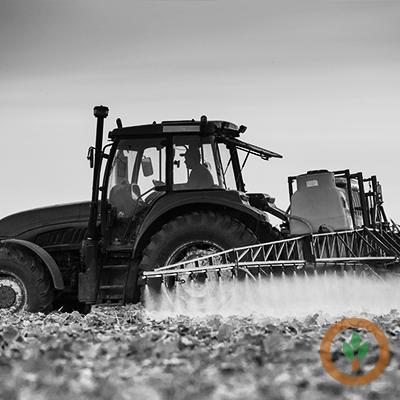News
Illinois ag department adds dicamba restrictions for 2020

The Illinois Department of Agriculture is submitting additional dicamba regulations to the EPA for 2020.
Illinois Ag Director John Sullivan tells Brownfield there are two big changes on the state label, including a cut-off date 25 days earlier than the 2019 extended cut-off.
“The cut-off date to apply it will be June 20th, 2020. We’ve also added a temperature trigger, so if the air temperature of the time of application is over 85 degrees Fahrenheit, application will not be allowed.”
He says the temperature cut-off also applies if the local forecast for the date of application is above 85 degrees.
Sullivan says they are making this announcement early so farmers have time to plan for spring management programs.
He says the additions are in response to the rapid increase of dicamba related pesticide misuse complaints over the last three years.
“In 2017 we saw complaints in the 300 range. In 2018, it jumped up to 500 and this year it was over 900 and that is simply not acceptable.”
The additions will be sent to the US EPA for review. Applicators will be required to follow the federal and updated state dicamba labels.

Forbid the saying of the word: volatility. The steady rise of complaint reports follows the rise of dicamba-resistant soybeans and OTT dicamba spraying over the past three years. But these complaint numbers in no way reflect the true number of off-target incidents that would have numbered in the thousands each year had there been an adequate and responsible system in place to monitor and report the impacts. IDOA has added a few more ineffective means of regulating chemicals that obey no laws other than the physics of volatilization. These may result in more dings on the records of growers and applicators while leaving the registrants of these faulty, volatile products unaccountable and free to continue their lies. And the faulty pesticide complaint system will continue to rely on neighbors reporting on their neighbors, splitting communities, and giving cover to a broken federal and state pesticide regulatory system that has allowed such faulty, volatile products to be applied on tens of millions of acres, perpetuating the herbicide resistance treadmill and covering the inherent, weakness of the two crop, industrial system.